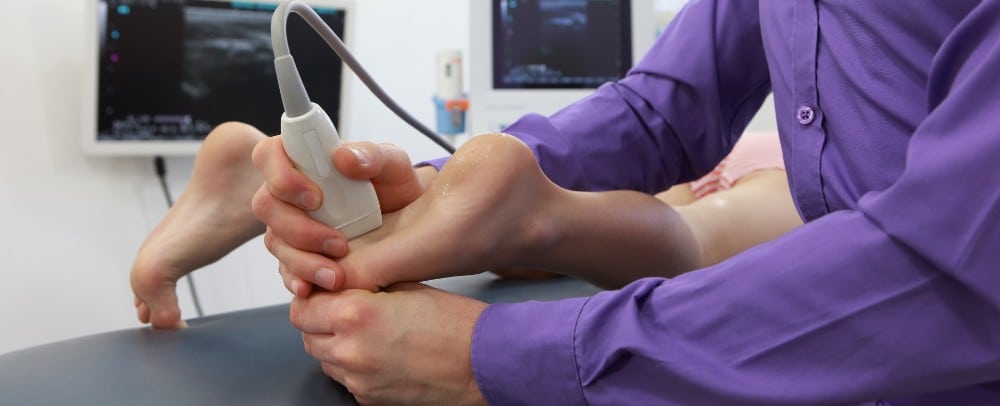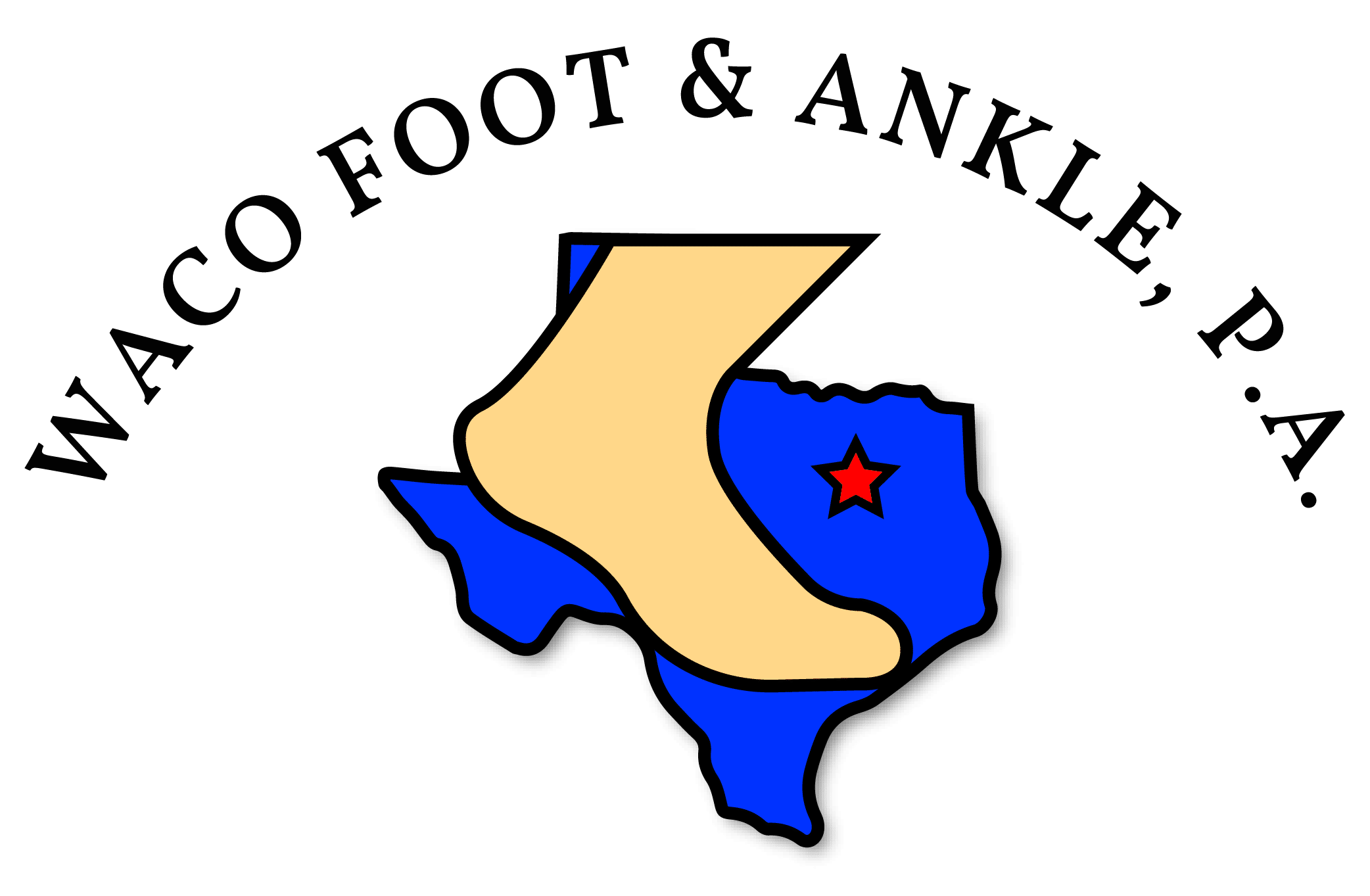What is Regenerative Medicine, and How Can it Help Your Feet and Ankles?
When you hear a term like “regenerative medicine” for the first time, it’s perfectly natural to have some uncertainties about it. What exactly does it mean? Is it a new-age trend, or is it designed in a lab from who knows what kind of unnatural materials?
The truth is that regenerative medicine falls into neither classification. It is a form of medicine that has been around for quite a long time, is grounded in scientific study, and is derived from the body’s natural substances and responses.
We currently use a couple regenerative medicine methods here at our practice to help patients overcome certain foot or ankle problems faster and more effectively. We’ll be discussing them here, as well as an overview of regenerative medicine as a whole.

What is Regenerative Medicine?
Regenerative medicine comprises methods intended to stimulate and aid the body’s natural healing and recovery responses. The “regenerative” portion of the term refers to the body’s own capability to repair and create new cells – which is what naturally happens when the body is healing.
Regenerative medicine techniques have several benefits, including:
- They incorporate natural elements already familiar to the body, meaning that the risk of rejection or negative reaction is extremely low.
- They can apply to a variety of injuries and conditions, typically involving soft tissues.
- They have the potential for both accelerating recoveries from recent problems as well as restarting the healing process for sources of chronic pain.
Regenerative medicine can take different forms. Here are two that are used within our practice.
Multiwave Locked System (MLS) Laser Therapy
MLS laser therapy applies specific wavelengths of light to areas of injury and damage to stimulate several beneficial responses from the body, including:
- Increasing (or restarting) cellular repair activities.
- Increasing blood flow to the area, bringing more of the growth factors and nutrients cells need to repair.
- Improving immune response and function.
- Reducing swelling.
- Relieving pain.
The light energy emitted by MLS reaches the site of soft tissue injury without causing any additional harm or damage to the skin or surrounding healthy tissues. It doesn’t cause any pain of its own, although some patients report a warming sensation.
The lasers can be adjusted to meet specific cases and needs, and a full course of treatment typically comprises several short sessions scheduled out over a period of time.
We might recommend MLS laser therapy as a primary or secondary treatment for conditions such as:
- Plantar fasciitis
- Achilles tendinitis
- Arthritis
- Neuromas
- Peripheral neuropathy
- Muscle strains
Amniotic Allograft Injection Therapy
For amniotic injection therapy, components from amniotic tissue are processed into an injection administered at the site of an injury. This provides a concentration of growth factors, proteins, and other beneficial natural components that can aid in recovery and pain relief.
The components for this treatment are obtained safely from the amniotic sac after a successful C-section birth – which would otherwise be discarded. Mothers volunteer to have these components collected, and doing so in no way puts the newborn child or mother at any risk.
Only one injection is required in most cases, although full results may take some time to experience. However, unlike a cortisone shot, the results are long-lasting.
We might recommend amniotic injection therapy for:
- Plantar fasciitis
- Achilles tendinitis
- Arthritis
- Neuromas
- Sprains
- Ligament strains or tears

The Way to Recovery that’s Best for Your Needs
We are proud to be able to provide regenerative medicine to our patients, but that does not mean we will recommend such therapy for every case.
For many situations, more traditional forms of therapy will be more than effective enough for a prompt and full recovery. In other situations, a patient’s specific needs may make other forms of treatment the preferred choice to our regenerative medicine treatments.
The key is to have a full understanding of the foot or ankle problems at hand, and we will always take the time and steps to provide a full examination before making any treatment recommendations. Never hesitate to ask us any questions about your options and we may suggest or not suggest certain paths of care.
For any foot or ankle concerns, you or a loved one may have, schedule an appointment with Waco Foot & Ankle by calling (254) 776-6995. You can also fill out our online contact form to reach us electronically, and a member of our staff will respond to you during our standard office hours.
